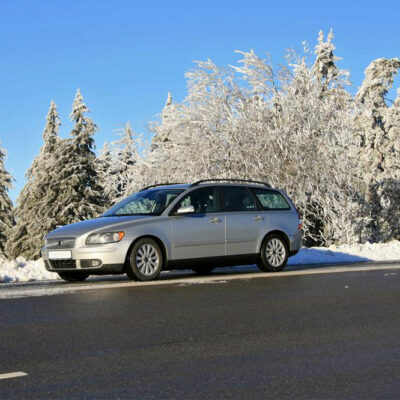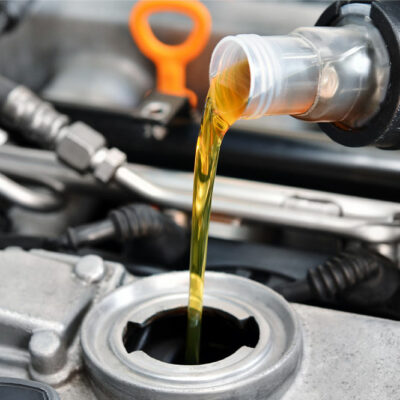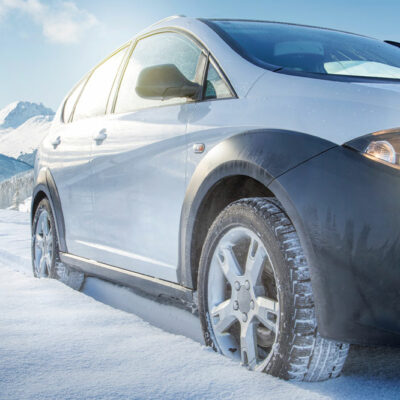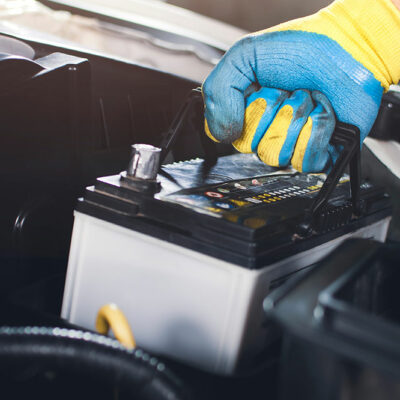
Safest SUVs of 2023 and Their Exciting Features
Owing to their versatility and utility for multiple purposes, sport utility vehicles (SUVs) have become popular in recent years. SUVs are known for their increased interior space, improved towing capacity, and off-road capabilities compared to traditional cars. However, along with the surging demand for such vehicles, their safety attributes have become a decisive factor among automobile enthusiasts looking for a purchase. Read further to know some of the safest SUVs and their safety features. Importance of safety in SUVs Like any purchase, automobile buyers must be mindful of the safety features of the SUV they plan to bring home. Such vehicles are bigger, taller, and heavier than regular cars. They also come with a higher COG (center of gravity) and are more prone to rollovers. Safe SUVs to check out Dodge Durango The Dodge Durango has several safety features to protect the passengers, including electronic stability control, a backup camera, blind spot monitoring, rear cross-traffic alert, forward collision warning, and adaptive cruise control. Other perks of the SUV include rain-sensing windshield wipers, lane departure warnings, advance brake assist, and more. If you want to buy a Dodge Durango and benefit from its safety features, visit the nearby local Dodge dealer, who can provide detailed information on the safety systems and other attributes.
Read Article 









